
The quaint village of Old Saybrook is situated on the west side of the entrance to the Connecticut River. First settled in 1635, the town was incorporated in 1852. The mighty Connecticut River, the largest in New England, meets Long Island Sound at Old Saybrook, and by the beginning of the nineteenth century, ship traffic spawned by fishing and other industries into the harbor at Old Saybrook was considerable.
In 1802, the government paid $225 to William Lynde for land at the harbor entrance, and a year later the Lynde Point Lighthouse, a 35-foot wooden tower, was completed by New London carpenter Abisha Woodward at a cost of $2,200, a goodly sum for that time.
Lynde Point Lighthouse was designed to be a leading light for ships coming through Long Island Sound, as well as a marker for the entrance to the Connecticut River. Like other wooden lighthouses of the time, the Lynde Point Lighthouse was not tall enough to be seen effectively by ships and was the subject of much criticism by local sailors. Another problem was that evaporation from the nearby marshland created a local mist that obscured the light, even when the weather was clear out at sea.
Lt. George Bache described the keeper’s quarters at the time as a sound six-room frame structure, but he characterized the tower as “very much decayed, and is about to be taken down.” The original light was replaced by a 65-foot octagonal brownstone tower in 1838. Its walls are five feet thick at its base and currently painted white, though the original red of the stone is visible in some places where the paint is peeling. All the windows of the Lynde Point light face the water, an arrangement that allowed early keepers to have a better view of ships crossing the shallow bar at the river entrance, a tricky and dangerous crossing before the breakwaters were installed around 1880. After the breakwaters were constructed, the Lynde Point light was also referred to as the Saybrook Inner light, while the Breakwater Light was known as Saybrook Outer.
In 1852, a fourth-order Fresnel lens replaced the antiquated lighting apparatus of ten lamps and reflectors. The power of the lighthouse was diminished in 1890 when a fifth-order lens, which remains atop the tower to this day, was installed.
Lawrence Gildersleeve, who was born in the lighthouse in 1906 while his father Elmer was keeper, recalled his childhood living in a lighthouse for a 1975 interview in the New Haven Register. To pass time, the family played cards, listened to the phonograph, or just watched the passing parade of ships. Gildersleeve did not recall ever feeling lonely there. Sometimes he was sent out the front door to catch some supper for the family, and usually within twenty minutes he would have some eels or flounder. Young Lawrence made friends with the families in the nearby village, and sometimes caddied on the local golf course.
Of course, lighthouse life was not for everyone. In an Associated Press article from the 1970s, the wife of one of the last keepers gave her differing opinion: “It’s so boring, there’s nothing to do. It’s a place to get fat, eat, and lie around and watch TV. Even my dog’s gained weight.”
Much to the chagrin of the Old Saybrook Historical Society, the Coast Guard demolished the attractive gothic revival gambrel-roofed keeper’s dwelling that dated to 1858 (shown in the historic photograph) and replaced it with a nondescript duplex.
The Lynde Point Lighthouse was automated in 1975, although it continues to be manned to prevent vandalism. The road to the lighthouse is not open to the public, unfortunately. The surrounding neighborhood is quite exclusive and counted the late Katherine Hepburn as one of its residents for many years.
Photo Text & Copyright www.Lighthousefriends.com









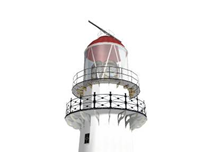













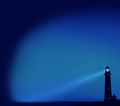





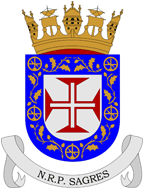

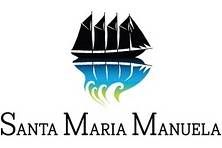
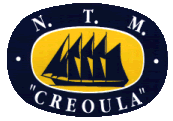









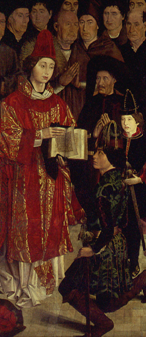
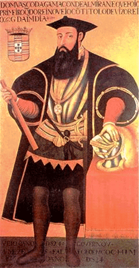
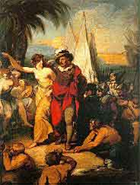






























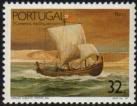










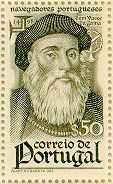

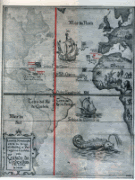

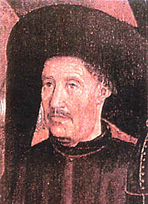

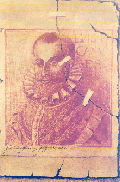
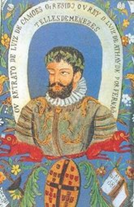
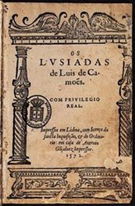
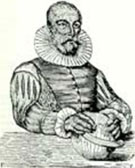

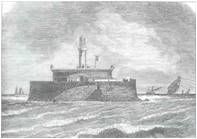











































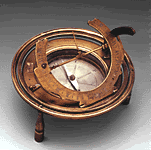
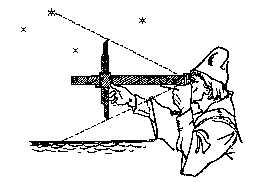










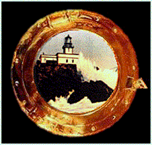


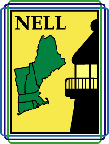


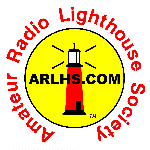













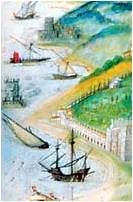

Sem comentários:
Enviar um comentário